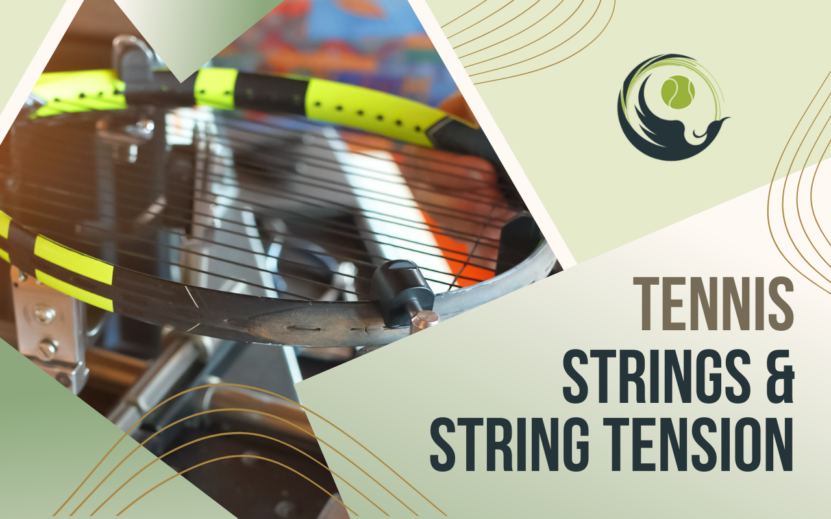Playability: Natural Gut Tennis String and Multifilaments
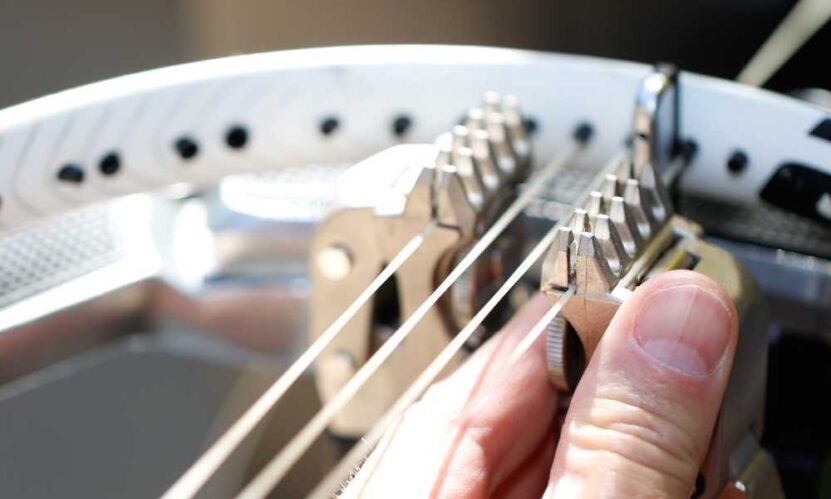
– Kind of bums me out that one of the best and most popular strings are made from animals. Yes Gut is made from cows or sheep intestines. (I play with Poly #vegan)
– But the feel with the racquet is simply the best with gut.
– It is also extremely soft on the arm. When I had arm issues I switched to gut for a bit before I knew any better.
– Gut is definitely the most expensive of all options. It might be a good idea to do a hybrid with gut as only the crosses or the mains (see below if confused) to be a little cheaper and still keep that feel.
– Gut breaks much quicker than Poly or other options. Not only is the most expensive option but it also needs to be replaced more often.
– Some popular playability strings: Babolat X-Cel, Tecnifibre NRG2, Tecnifibre X-One BiPhase and Wilson Sensation or NXT.
Durability: Polyester Strings (Poly) and Kevlar Strings
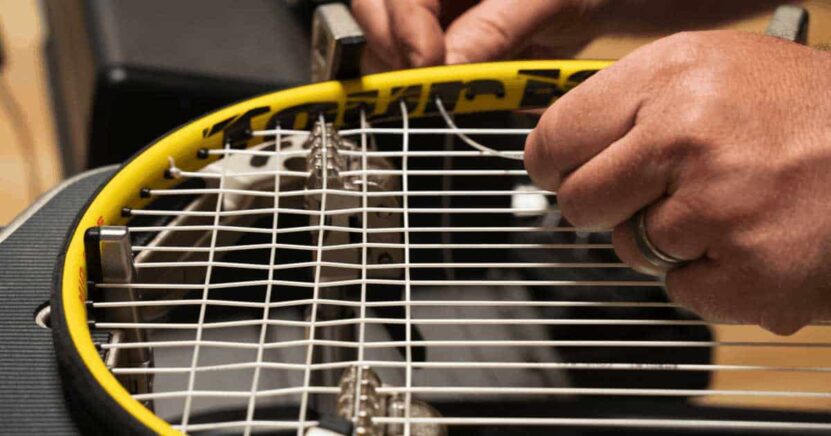
– This strings last longer than gut because it is a thicker material. Almost plastic like. Not as much feel with the racquet
– The thicker strings means you are breaking the strings less often. In college I use to break strings once a week. No way I could afford gut… But I still break a racquet about every 5 hit (once a month) I play with 16 gauge.
– Kevlar (yes the stuff they use in bullet proof vest) is the thickest material and much harder to break.
– Poly and Kevlar can last a long time meaning that you will lose tension over time. If you play a lot but don’t actually break the strings I would consider restringing your racquet once every two-three months. If you play once every two months I would restring your racquet once a year!
– If you are a beginner, baller on a budget, or someone who breaks strings way too much, I would recommend poly or Kevlar.
– Disclaimer: if you have arm issues might want to try to gut of the softer poly options.
All round Strings: Synthetic Gut Tennis Strings & Soft Polyester String
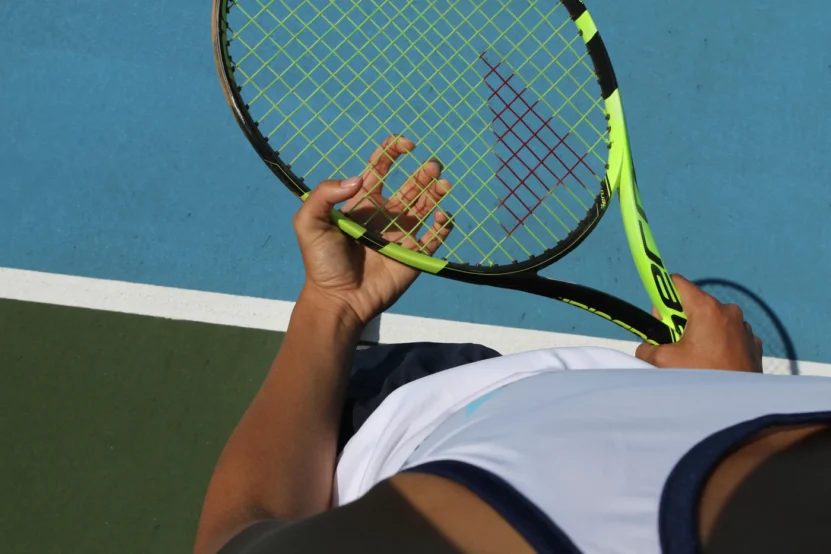
– These strings give you a nice balance of feel and durability.
– Prince Synthetic Gut is still one of our best selling strings after all these years.
– Synthetic Gut is also a great Vegan option to natural gut if trying to do well for humanity.
– Wilson Synthetic Gut Duramax, Babolat SG SpiralTek, and Pacific FTX are some quality synthetic gut strings to try!
Tennis String Gauge Guide
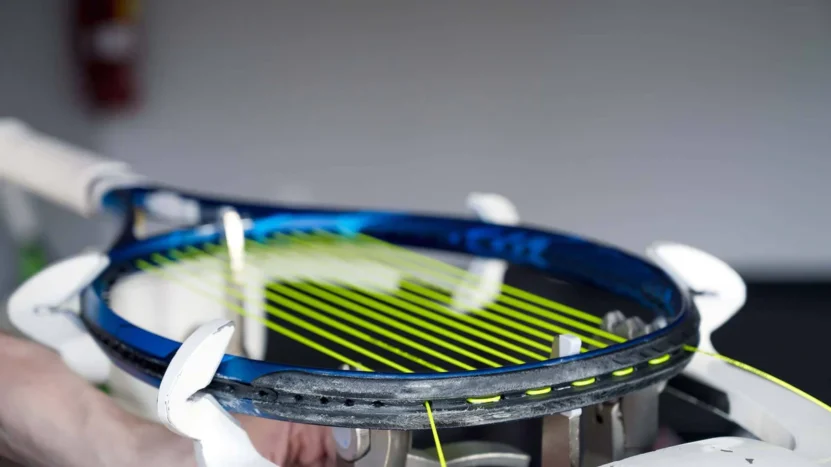
– Yes, there are different sizes to each string… and they are backwards
– Tennis string gauges range from 15 (thickest) to 19 (thinnest), with half-gauges identified with an L (15L, 16L, etc), which is short for “light”.
– Thinner strings are better for spinning the ball and getting power. Thicker strings are better for control.
– However, the thinner the strings the easier they break and the thicker the the strings the more durable they are.
– Gauge 15 (1.35 mm) is the standard gauge for tennis.
– Gauge 16 (1.30 mm) is the most popular gauge for tennis (optimum level of durability and power) (what I play)
– Gauge 17 (1.25 mm) is “thinner than normal” gauge for tennis.
– Gauge 18 (1.20 mm) is the thinnest gauge for tennis.
Stringing Tension Guideline: Mains & Crosses
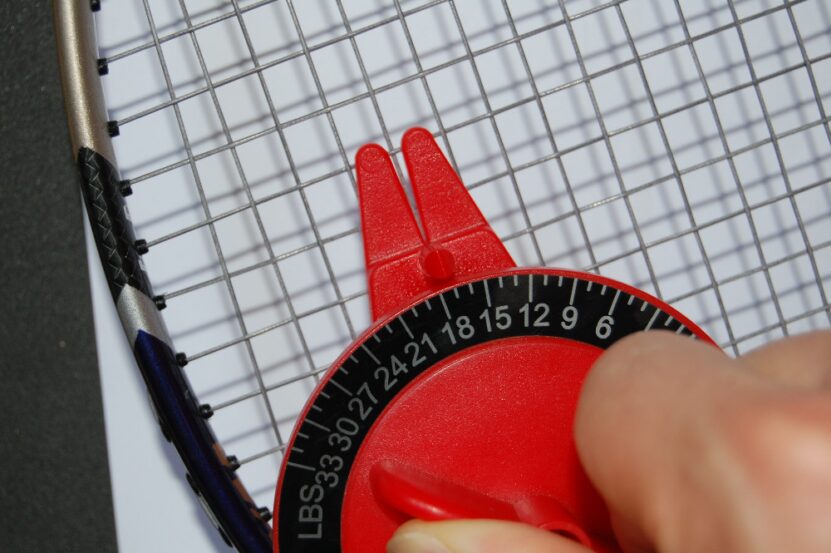
– Each racket has its own tension range that it recommends for optimal play. I recommend around 50-60. The loser the more power, the tighter the more control.
– The higher the tension, the more impact on your arm.
– If you go for a durable POLY string for both mains and crosses, you should probably use a lower tension as poly strings have no give in them, and may cause arm problems.
– Most people use the same string and tension in their main and cross strings but you can mix and match both string and tension for these. For Example…
– Roger Federer uses Wilson Natural Gut for his main strings, and Luxilon ALU Power Rough for his cross strings, whereas Andy Murray uses Luxilon ALU Power for his main strings, and Babolat VS Touch for his cross strings.
Federer used to string his racquet around 48lbs when he used a 90in racquet frame. Now that he uses a bigger racquet head size, 97in, he has tightened his strings to around 56-60lbs depending on the tournament. Now that you know which strings are right for you, compliment them with high quality tacky tennis tennis grips. What strings do you use right now and what Tension do you string it at?

